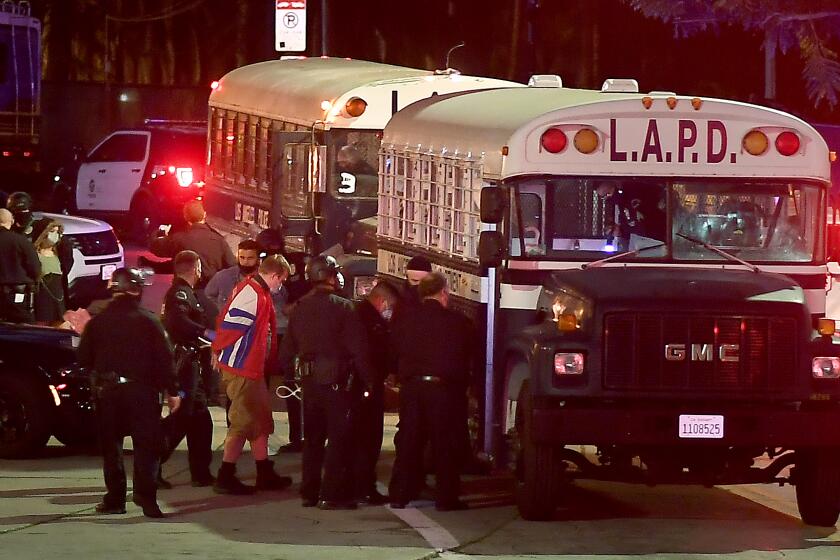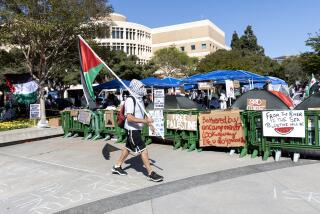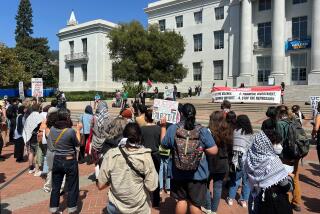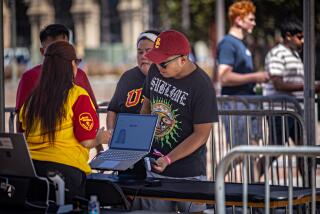Noose found on Stanford University campus
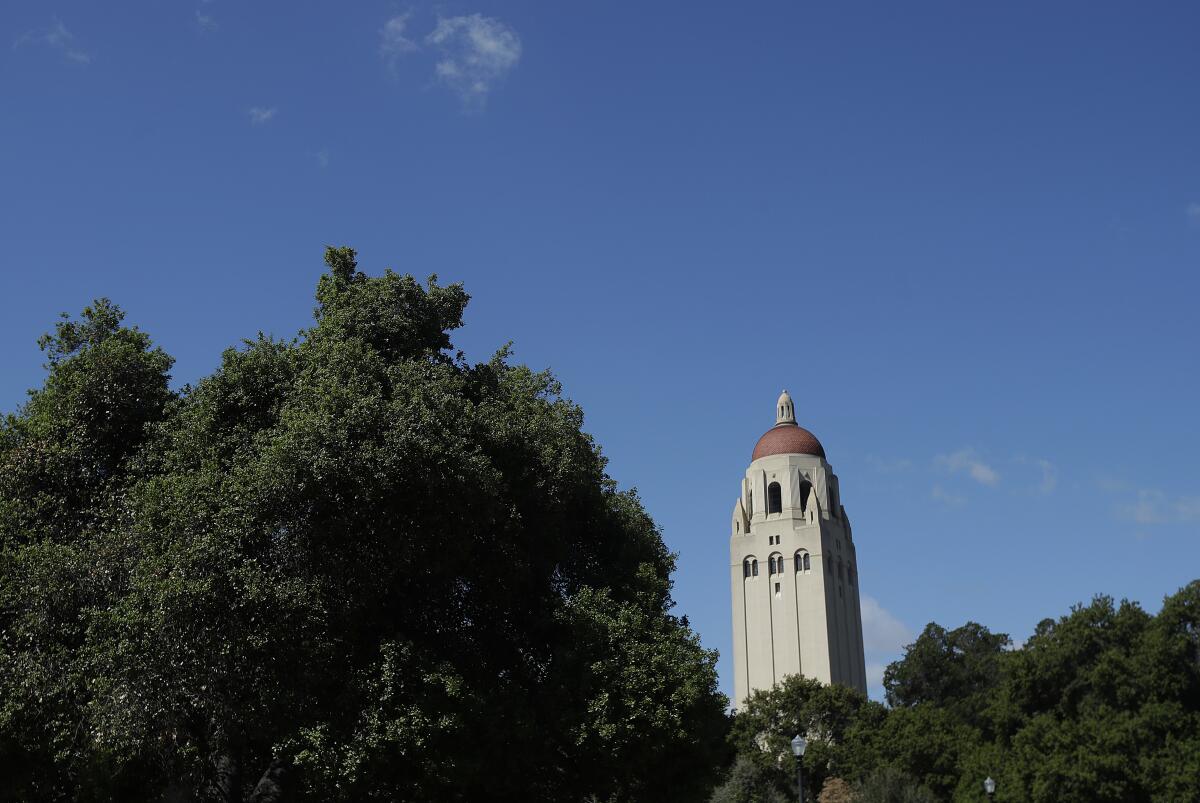
Authorities are investigating after a noose was found this week on the Stanford University campus, school officials said.
The noose was found hanging from a tree Sunday evening near undergraduate dormitory Branner Hall, Vice Provost for Student Affairs Susie Brubaker-Cole and Vice Provost for Institutional Equity, Access and Community Patrick Dunkley wrote in a letter sent to the Stanford community Sunday night.
Hanging a noose is a hate crime under California state law and is punishable with a maximum $5,000 fine and up to a year in county jail.
The rope used in the incident was reportedly one of several that had been tied to the tree several years ago as part of a student performance and never taken down, according to a summary generated from the school’s Protected Identity Harm process, in which Stanford students can submit reports about racist or discriminatory incidents.
Two Knock LA journalists who were arrested while covering a protest in Echo Park last year have sued the city of Los Angeles.
“This evening it was discovered that one of the ropes had been made into a noose,” the summary said.
Nooses were previously discovered on campus in 2019 and 2021, according to the summary.
The school’s Department of Public Safety responded to the scene and removed the noose, keeping it as evidence.
In their letter, Brubaker-Cole and Dunkley described the discovery as “horrific” and said it would “shake our community.”
“We cannot state strongly enough that a noose is a reprehensible symbol of anti-Black racism and violence that will not be tolerated on our campus,” the vice provosts wrote. “As a community, we must stand united against such conduct and those who perpetrate it.”
Brubaker-Cole and Dunkley urged anyone with information regarding the incident to come forward, writing that it was their “moral responsibility.”
They also directed students affected by the incident to mental health resources.
More to Read
Sign up for Essential California
The most important California stories and recommendations in your inbox every morning.
You may occasionally receive promotional content from the Los Angeles Times.
